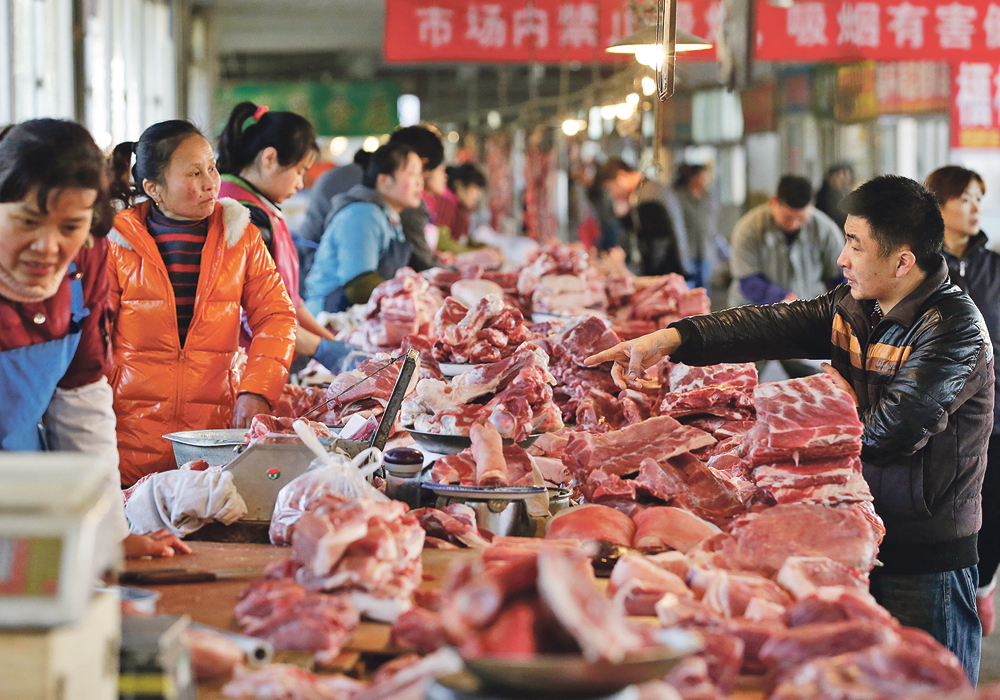Crop futures prices often rally in the spring and early summer because traders set prices to account for a weather risk premium and this year is no different.
Indeed, prices for nearby futures in wheat, canola and corn are at or near the top of the common range of price in the last two or three years, aside from the spike associated with last year’s drought in much of the northern plains of North America.
As always, much depends on the weather in the next four months and ever changing geo-political developments. But there is reason to believe that average crop futures values for the coming crop year could be higher than in the past year.
Read Also

Trump cuts off trade talks with Canada
UPDATED: October 24, 2025 – 0910 CST – Adds comments from Prime Minister Mark Carney. Reuters — U.S. President Donald…
As I noted in a previous column, the global oversupply of the major crops is shrinking. Carry-out stocks at the end of the current crop year should be lower than at the end of the previous year.
And long-term forecasts already indicate that the carryout at the end of 2018-19 could be even smaller.
Current weather in several areas also supports this forecast and the risk premium at play in the market.
We are well aware of the dry spring here across much of the Canadian Prairies. In the United States, it is seriously dry in western Kansas and Oklahoma and fairly dry in the rest of Kansas. It is also dry in southern parts of the corn belt and in North Dakota.
A mix of conditions in Europe, from too dry to too wet, are reducing the outlook for canola production there, according to Oil World.
Recent rain in parts of the Black Sea region have reduced production concerns but, nevertheless, there is no expectation for the kind of ideal weather that produced massive, record breaking crops the past two years.
Recent dry weather in Brazil has caused forecasters to knock down their corn production estimates for that country and analysts in Argentina continue to trim its soy production estimate.
And in Australia farmers are seeding into very dry soil while the outlook for the growing season is dry for Western Australia, a major wheat producing region.
It is impossible to say whether any of these situations will get bad enough to create panic among grain traders, but they are aware of them and, as said, have already bid in a degree of weather risk premium.
Another support for the grain market is the generally good condition of the global economy. The Organization of Economic Co-operation forecasts global GDP growth to rise to about four percent, from 3.7 percent in 2017 and 3.1 percent in 2016.
The economic outlook is clouded a little by the aggressive trade stance taken by the U.S. administration, but the troubling recent friction between America and China has eased in the last week, raising the hope that the massive soybean trade between the two countries will not be impeded.
China has reportedly laid in a good supply of Brazilian soybeans in case the trade fight with the U.S. got serious but a trucker strike in Brazil is choking off the supply line to its ports and that could have China picking up a few cargos from the U.S.
North American crude oil prices are in the US$70s a barrel and last week world Brent crude challenged the $80 mark before falling back. Stronger oil prices tend to support crop prices.
The strong economy has stimulated demand while the Organization of Petroleum Exporting Countries and Russia continue to limit output and there could be production problems in Venezuela and Libya as well as sanctions on Iran, further limiting supply.
However, there are reports that OPEC and Russia might agree to add in enough production to make up for the losses from Venezuela associated with the economic chaos there.
The rising cost of oil has caused Indonesia, the world’s largest palm producer, to speed up its plans to mandate increased palm oil content in diesel.
The mandate will rise next year to 25 percent biofuel content from 20 percent currently. There are plans to raise the mandate to 30 percent soon, in concert with diesel engine manufacturers that have to make modifications to their products.
The new fuel demand would help to support palm oil prices, which have been under pressure because of rising production.
So there are a lot of factors that could help to support crop prices in the new crop year, but Mother Nature will have the last word.














